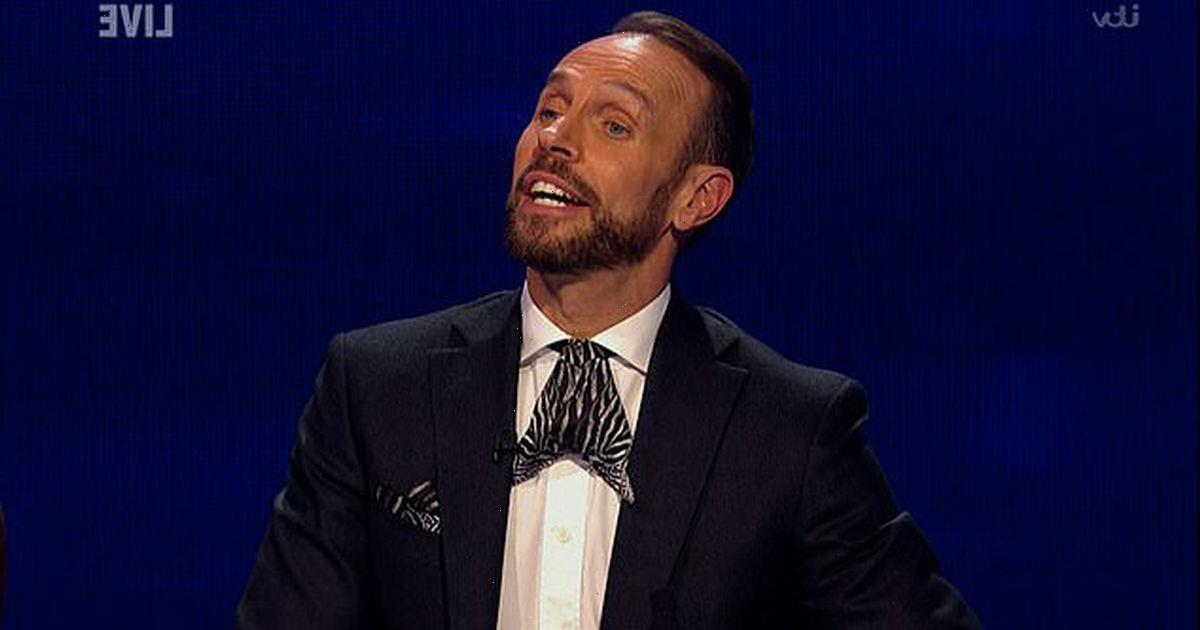In Mexican culture, when someone is singing or playing a song that tugs hearts or provokes tears, the instinctive reaction is to let out a prideful, ebullient shout called a grito. The adlib is at the core of age-old mariachi classics from legendary Spanish-language vocalists like Pedro Infante, José Alfredo Jiménez and Vicente Fernandez, to name a few.
The ensemble-styled genre has long been categorized as traditional music, often heard at family parties or special events, but “Going Varsity in Mariachi,” a production by Osmosis Pictures and Fifth Season that premieres at the Sundance Film Festival today (Jan. 22), sets out to prove the opposite. From the producer team of James Lawler, Luis A. Miranda, Jr. and Julia Pontecorvo, “Going Varsity in Mariachi” follows the talented 20-member group of high school students who make up Edinburg North’s Mariachi Oro 2021-22 team in Texas. The band, under-resourced and riddled with post-pandemic obstacles, compete for the title of the state’s best mariachi band under the direction of Coach Abel Acuña — a returning alumnus fueled by the pride and passion of the emblematic genre.
Mariachi Oro comes head-to-head with tough competition from all over the Texas US-Mexico border as students, ranging from freshmen to seniors, grapple with a new year in their quickly-evolving adolescent lives. For Alejandra Vasquez, who makes her feature directorial debut, and filmmaker Sam Osborn, the layers to this film were obvious from the get-go.
Back in 2019, while filming a different project about high school wrestling, the pair were advised to check out competitive mariachi music as the first officially sanctioned programs started to rise throughout the state. “I think we always knew that the themes — mariachi, the music and the competition — were structures for us to begin digging into the lives of these kids, and about their lives growing up in [a U.S. border city],” says Osborn. “All of the ideas that came after arose from being in this environment.”
Miranda was instinctively drawn to the film’s coming-of-age plot, which he first encountered as a blind email from Lawler and the director duo. “We only hear from border towns in stories about immigration, and the thousands of people coming through,” he says. “Listening to a story about normal kids using music to push forward their abilities and their future? That was quite moving.”
Decisions about the role of immigration politics in the doc had to be made early in the filmmaking process. Though Miranda’s background in advocacy sectors (“Believe me, there are very few people who are more political than me”) made him an eligible political point person, the film found its appeal in a much more nuanced and natural approach. “The politics really are the kids, and how they use music to move their lives forward,” he says.
“We talked about it often,” adds Vasquez. “We would ask ourselves: ‘Is it our responsibility to bring immigration politics front and center in this story? There are refugee camps like 20 miles away.’ But at the same time, we realized the existence of the teams is political within itself. There are state-school tax dollars going to this program celebrating traditional Mexican culture and it’s the way that these kids — whether they be first generation, second generation, third generation — are connecting to their roots and refusing to assimilate to the monoculture.”
Numerous plotlines and character arcs are dedicated to showcasing the trials and tribulations of individual students such as Drake, the new (and only) guitarrón player whose six-string acoustic bass is crucial to the band. And like every good coming-of-age story, there is a romantic storyline between two bandmates whose young love shines in tender moments. There’s also Abby, a violinist and a senior whose ultimate dream is to get out of her small town in search of independence, although she plans to return to Texas to teach mariachi, like Acuña.
“It’s funny because before I joined mariachi in the eighth grade, I really did not like the music,” she recalls. “There was just something about it — I’d be on a long car ride with my mom, and she would start to play it and I just remember getting so mad and being like ‘Turn it off!’”
That all changed the day she attended a Mariachi Del Oro performance in the sixth grade and, as she describes it: “I can still remember just feeling like something clicked in me. I fell in love with the music and how it all felt. [Coach Acuña] inspired me to become a music teacher as well because I felt safe in that room. And I want to do that for my own future students.”
Acuña adds, “A lot of my students go on to become music majors and I think that’s because they see how much I love music theory. I love to write music and I make it a point to write music in front of my students in class.”
Mexico City-based producer Camilo Lara (“Narcos,” “Black Panther: Wakanda Forever,” “Coco”), who composed the film’s original soundtrack, sees this as a major victory. “I love this idea that families of all generations are open and encouraged to explore and understand their culture in a way that allows for tradition to be reinvented. Mariachi has always been an art for all people, but it’s traditionally been a non-evolving genre,” he says. “To see it being played by the younger generation — it’s incredibly exciting. When I saw the movie, it became clear the focus was on the energy of these kids, and how they live with these songs the way they do.”
No stranger to bi-national combos, Lara approached the studio with one goal in mind: “I wanted to try to answer, ‘What would happen if [mariachi] could evolve in a way Americana music has?’ Those traditional-rooted sounds have changed with the youth — that was my main idea.”
“One of the first things we talked about was the film ‘Ya No Estoy Aqui,’ and how it like made cumbia music cool,” says Osborn. “We were hoping to achieve something similar with the score, where there’s a contrast between mariachi music and something else.”
The backtrack to the film’s opening sequence is an example of this in action: Over a compilation of iconic scenes in mariachi history, trumpets and strings ring through an electronic beat, and all throughout the film, swinging synths add color to tense competition scenes and brutally honest conversations.
“My secret weapon! It’s called a romantic trumpet,” Lara says. “It’s one of the few sounds I’ve used on many of my previous albums and when people hear it, they recognize the mariachi sound instantly. I’m really proud of it because it’s a mix of someone playing and someone sampling it — you can hear it in songs like ‘Mexico.’”
He continues, “It’s a really exciting moment for artists who are digging back to their roots like tumbado or the cumbia guys, like Sante Fe Klan, for example, who are experimenting with hip-hop; it comes from a very legit place and seeing these types of genres taking a new wave is really cool. It’s an exciting moment for re-imagined Mexican music.”
“They’re getting in touch with their culture,” points out Acuña, “This is music that they probably don’t listen to, but they pick it up so fast because they’ve heard it all before. I’m excited for the non-mariachis to see what it is that we go through — to really get to know this music and enjoy the big production that it is. All the stuff that happens in between is part of it, and that’s what I’m excited for the public to see.”
“Going Varsity in Mariachi” is up for acquisition and premieres at the Sundance Film Festival on Jan. 22 in the U.S. Documentary Competition.
Read More About:
Source: Read Full Article


